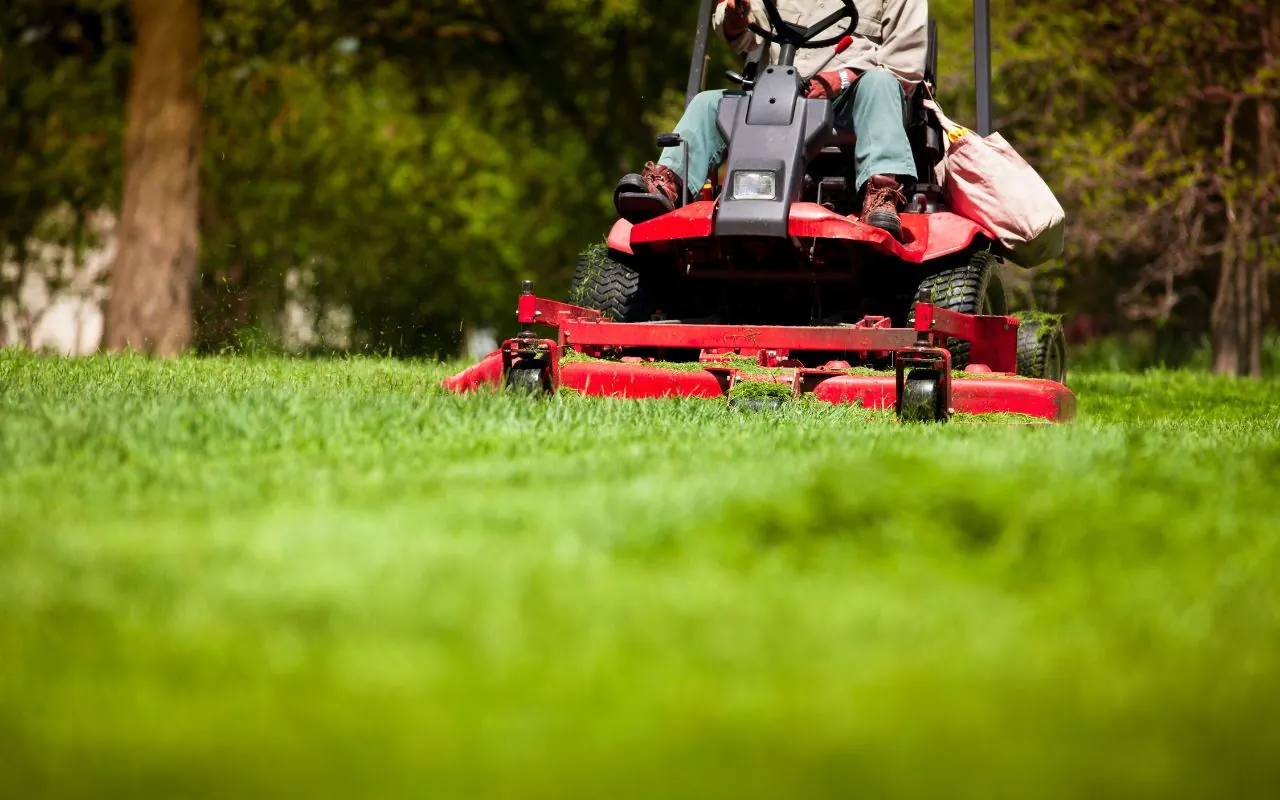Wondering when to mow after overseeding? You’re not alone. Many gardeners face this dilemma. The key is patience and the right approach. After overseeding, your lawn enters a delicate phase. It needs care and time to flourish. Mowing too soon can harm the new shoots. However, waiting too long isn’t ideal either.
This guide will help you find that sweet spot for a lush, vibrant lawn.
Understanding the Basics of Overseeding
Overseeding is a crucial strategy for achieving a lush, vibrant lawn. This process fills in bare spots, increases density, and enhances the overall greenness of your lawn. However, the care that follows overseeding is pivotal for its success. Many homeowners ask, “When is it safe to mow after overseeding?” This guide dives into the essentials of post-overseeding care to ensure your lawn thrives.
The Ideal Time to Mow
It’s recommended to wait until the new grass reaches a height of 3-4 inches before the first mow. This height indicates that the roots are established enough to withstand mowing. The specific timing can vary by grass type; for instance, ryegrass grows quickly, while fescue takes longer.
Essential Pre-Mow Tips:
- Verify Growth: Ensure that new shoots have reached the recommended height.
- Lawn Inspection: Check for even growth across your lawn.
- Equipment Check: Always use a mower with a sharp blade to prevent damaging the tender new shoots.
Care After Mowing:
- Smart Watering: Maintain moist soil to support new growth, avoiding overwatering.
- Gentle Fertilization: Use a mild fertilizer to nourish the young grass, promoting healthy development.
Mowing Strategy:
Adjust your mowing strategy after overseeding. Start with a higher mower setting to minimize stress on the new grass. As your lawn matures, gradually return to your regular mowing height.
Watering Tips:
Watering is crucial after overseeding. Water early in the morning to reduce evaporation and ensure deeper soil penetration. This encourages the development of deep, robust roots.
Resuming Regular Lawn Activities:
Delay regular lawn activities, such as playing or entertaining on the grass, until after the new grass has been mowed 3-4 times. This patience ensures the lawn is ready to withstand typical use without damage.
FAQs for a Healthy Lawn:
- Watering Schedule: Begin with daily watering in the early morning, then adjust as the grass establishes to promote deeper root growth.
- Weed Control: Wait to apply weed killer until the new grass has matured enough to withstand treatment, usually after several mowings.

Quick Lawn Care Tips:
- Patience pays off. Wait 3-4 weeks before the first mow to allow the grass to establish.
- Mow on dry days to prevent pulling up young shoots.
- Initially, use a higher mower setting to protect new grass.
Make Your Lawn Stand Out
Questioning when to mow after overseeding? Proper timing fosters a thick, green lawn. Await the perfect growth, then initiate mowing for optimal lushness. Need clarity or assistance? Our experts are poised to elevate your lawn to its zenith.
Aspire for a desirable, verdant lawn? Contact us now. Let’s collaboratively craft your lawn into a breathtaking green space.



